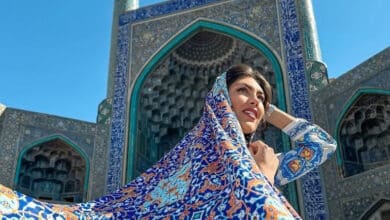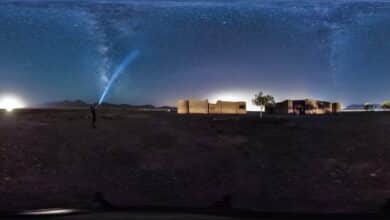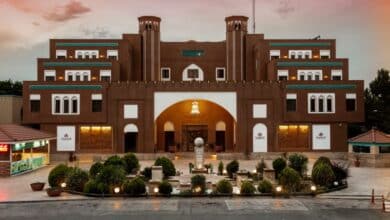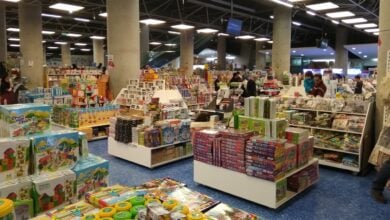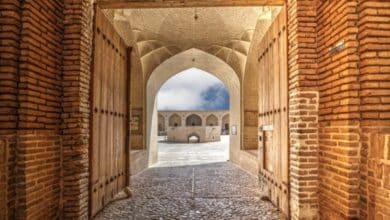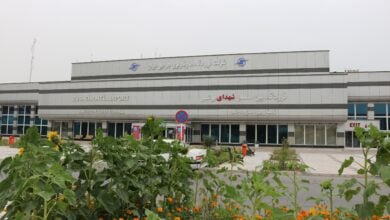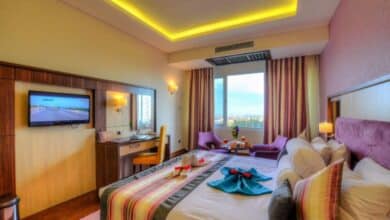Travel Guide to Ardakan, Yazd: A Historic City with Rich Culture
Must-See Attractions in Historic Ardakan
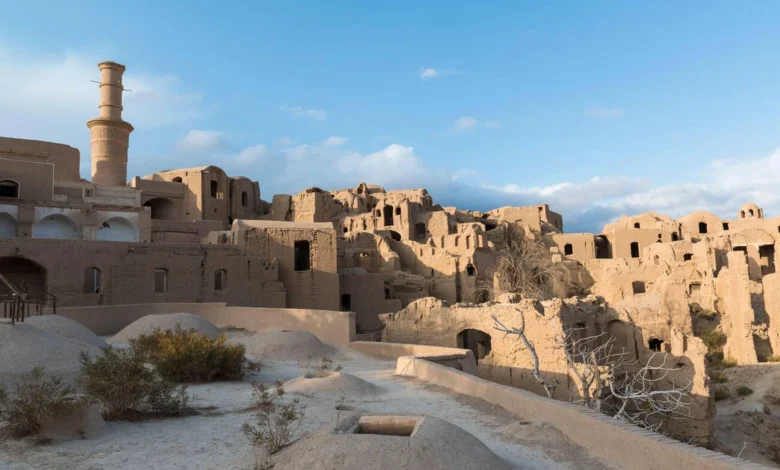
Tucked in the heart of Yazd Province, Ardakan is a treasure trove of history, culture, and natural beauty that draws travelers year after year. Known for its kavir (desert) architecture, with iconic windcatchers and ancient mudbrick homes, this city blends timeless traditions with the stark allure of the Central Iranian Desert.
From sacred shrines revered by Muslims and Zoroastrians to sprawling koirs (deserts) that captivate adventurers, Ardakan offers a journey through time. Picture yourself wandering narrow alleys, savoring local sweets, and soaking in the warmth of Ardakan’s hospitality. Ready to explore this Yazd gem? Here’s your ultimate guide to Ardakan’s attractions, from how to get there to what to eat and where to stay.
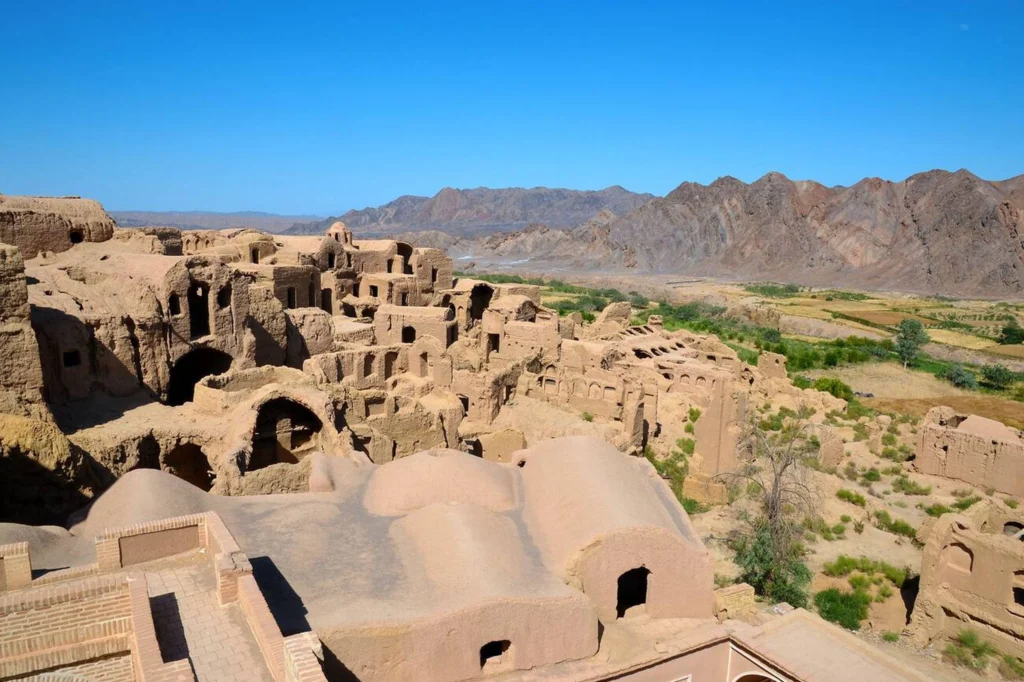
Contents
Why Ardakan is a Must-Visit
Ardakan isn’t just another stop on the Yazd trail—it’s a living canvas of Persian heritage. Spanning 24,000 square kilometers, it’s the largest county in the province, covering 32% of Yazd’s land. Its historic neighborhoods, dotted with badgirs (windcatchers), and its vibrant cultural mix of Shiite Muslims, Zoroastrians, and Christians create a unique vibe.
Whether you’re marveling at ancient qanats or hiking in the Siahkouh National Park, Ardakan’s blend of history, faith, and nature makes every moment unforgettable.
Timeless Architecture
The city’s mudbrick houses and sabat (covered passageways) are built to tame the desert’s extremes, offering cool summers and warm winters. These structures are a testament to Persian ingenuity, drawing architecture buffs from far and wide.
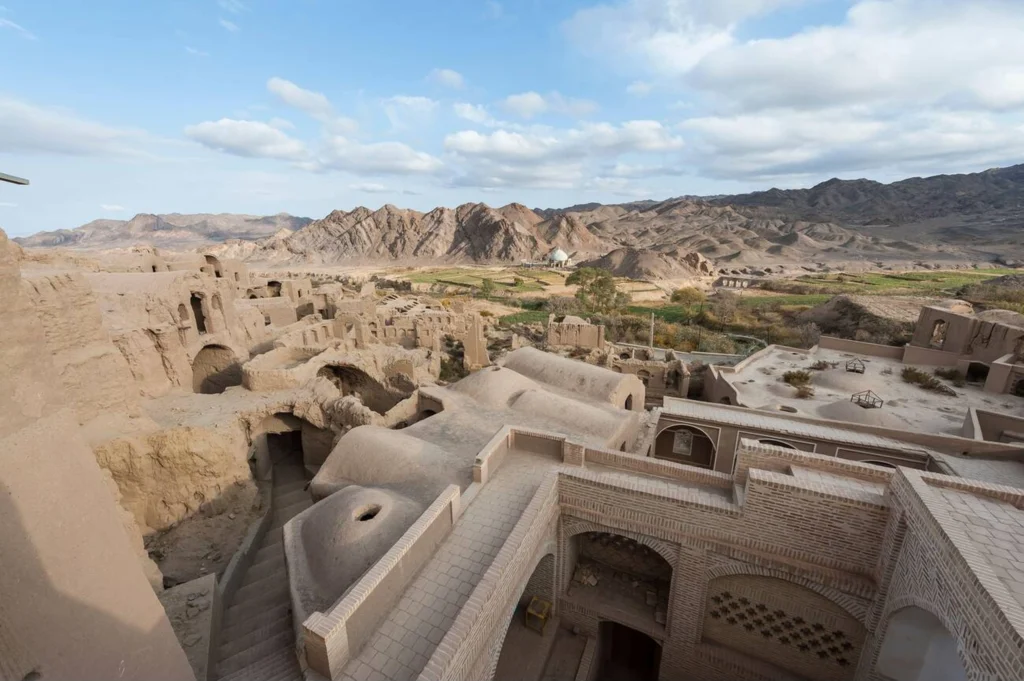
Cultural Diversity
Ardakan’s people are deeply rooted in tradition, with a strong work ethic and a knack for hospitality. Their Yazdi dialect and religious diversity add layers of charm, making interactions with locals a highlight of any visit.
Where is Ardakan Located?
Ardakan, the seat of its namesake county, lies in the core of Yazd Province. It’s bordered by Meybod to the south, pistachio orchards to the north, farmlands to the west, and scattered garden-homes to the east. Positioned along the Tehran-Kerman-Bandar Abbas route, Ardakan sits at the crossroads of Iran’s desert heart, accessible via the central Dr. Beheshti Road (Santo).
How to Get to Ardakan
Ardakan is well-connected, with travel options to suit every budget and preference. Whether you’re after speed or scenery, here’s how to arrive.
By Air
No airport exists in Ardakan, so fly into Yazd International Airport, about 60 km (1 hour) away. From there, grab a taxi to reach the city. Flights from Tehran or other major hubs are quick but pricier compared to other modes.
By Land
- Bus: A budget-friendly choice, buses run to Ardakan or Yazd from most Iranian cities. The journey may take longer, but it’s affordable. Ardakan’s bus terminal is near Shafaq Square.
- Train: Trains offer comfort and value, with routes from Tehran, Mashhad, Bandar Abbas, or Isfahan to Yazd Railway Station (Hamidia Boulevard). From Yazd, a 60-km taxi ride gets you to Ardakan.
- Car: Driving gives you freedom to stop at roadside sights. Key distances include:
- Tehran to Ardakan: 567 km, ~6 hours.
- Yazd to Ardakan: 60 km, ~1 hour.
- Qom to Ardakan: 443 km, ~4.5 hours.
- Isfahan to Ardakan: 260 km, ~3 hours.
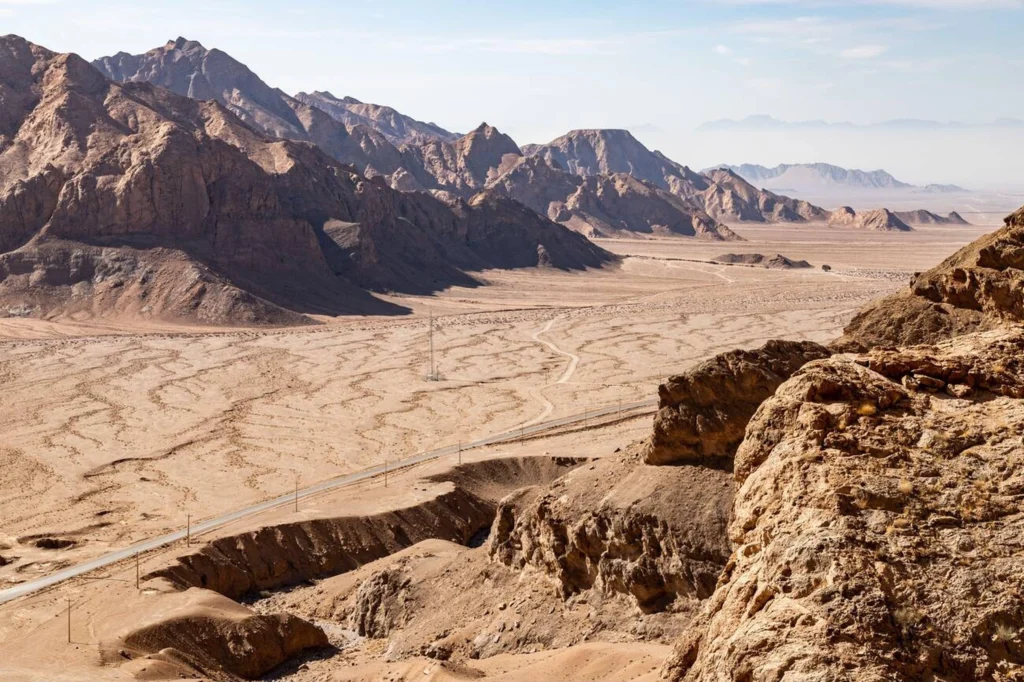
History of Ardakan
Ardakan’s story stretches back centuries, with written records from the 7th century AH onward. Originally located 10 km north at a site called Zardok, the city shifted to its current spot due to a freshwater source, sparking growth.
Ancient rivers from Zabulistan to Kerman and Yazd, plus seasonal streams, fueled agriculture via qanats, turning Ardakan into a thriving hub. Its historic homes and mosques, many from the Qajar and Safavid eras, reflect this enduring legacy, inviting you to walk through layers of time.
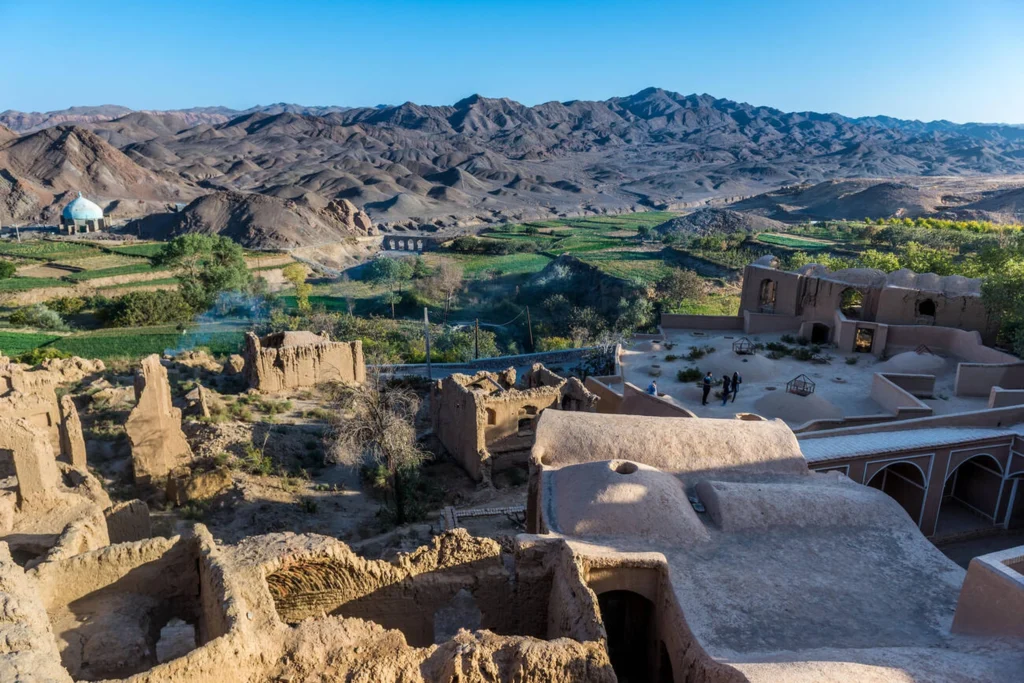
Weather and Best Time to Visit Ardakan
Ardakan’s climate is classic desert—hot, dry, and wildly variable. Spring (April-May) brings mild temperatures (15-25°C) and occasional brief showers, perfect for sightseeing. Summer (June-August) is scorching, with highs of 35-45°C, making midday outings tough.
Autumn (October-November) cools to 20-30°C, with light rain adding a fresh feel. Winter (December-February) is chilly (0-15°C), sometimes dipping below freezing, with more frequent showers.
Early spring and early autumn are ideal for pleasant weather. Avoid Nowruz and major holidays if you prefer fewer crowds and lower costs, as Ardakan’s attractions can get packed.
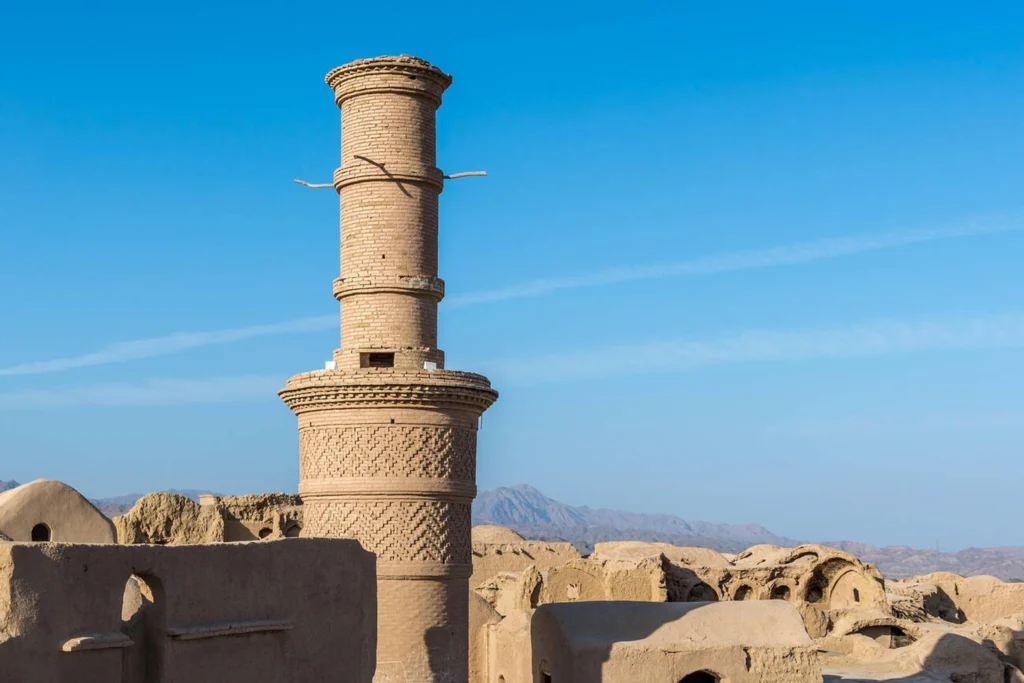
Getting Around Ardakan
Ardakan’s transport options include taxi lines, buses, online taxis, and rental car agencies. For short city trips, buses or taxi lines are cheap and convenient. For longer journeys or rural sites, online taxis or agency rentals are better, as public transport to outlying areas is limited.
Travel Limitations in Ardakan
Ardakan’s climate poses challenges—summers are too hot for extensive exploration, and winters are bitterly cold. Public transport doesn’t cover remote sites well, so plan for private options. Emergency medical services and rare medications may be hard to access, so bring essentials if needed.
Top Attractions in Ardakan
Ardakan brims with historic sites, sacred shrines, and natural wonders. Here’s a rundown of its must-see spots.
Taghdiri House
A Qajar-era gem, Taghdiri House was home to a wealthy merchant. Its cozy courtyard, turquoise pool, stained-glass windows, and badgirs embody kavir architecture. With summer and winter quarters, symmetrical design, and a qanat connection, it’s a warm, inviting glimpse into Ardakan’s past. Address: Ayatollah Khamenei Boulevard.
Arjnan Caravanserai and Tower
This Qajar relic, registered as a national heritage site in 2005, features an 8-meter tower and a caravanserai with three rooms. Once a bustling stop on the Yazd-Nain route, it’s now partly ruined but still evokes the era of caravan trade. Address: Arjnan Village, Central Ardakan.
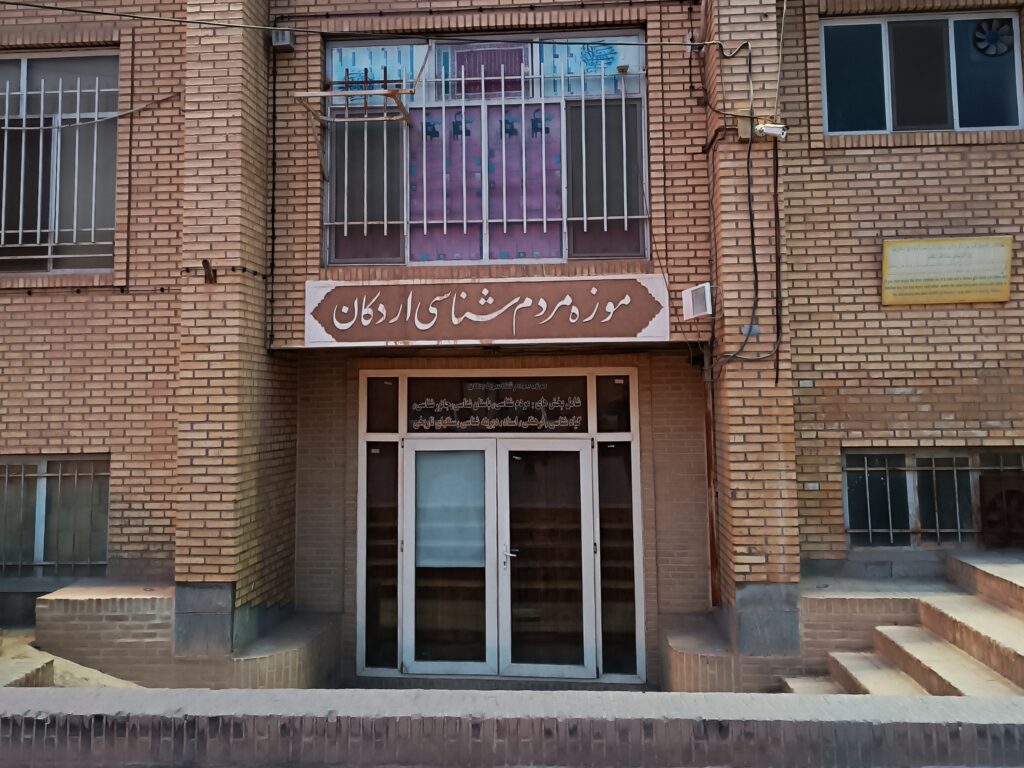
Ardakan Anthropology Museum
The city’s first museum, founded by Ali Sepehri, showcases Ardakan’s culture through 1,000+ artifacts, many donated by locals. Its three halls cover archaeology, paleontology, zoology (eagles, snakes, pelicans), botany (wild herbs), and ethnography, offering a deep dive into local life. Address: Khamenei Boulevard.
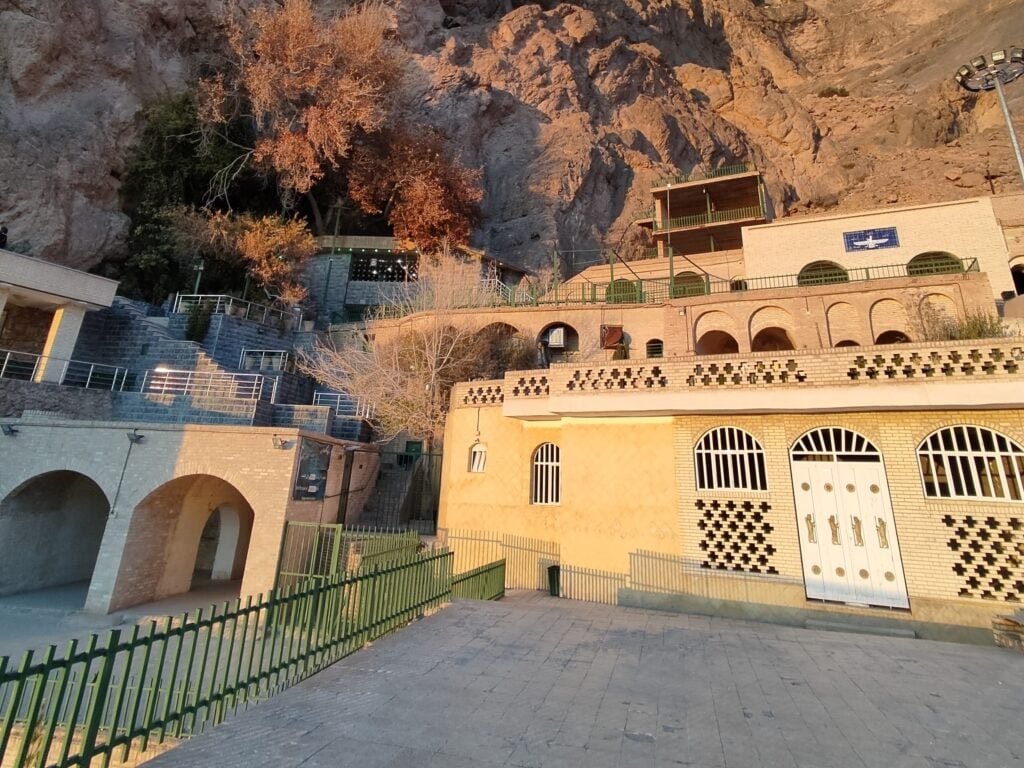
Chek Chek Pir-e Sabz
A revered Zoroastrian shrine 43 km east of Ardakan, Chek Chek is carved into a mountain. Legend ties it to a Sassanian princess who vanished here, inspiring its creation. Its spiritual ambiance and annual ceremonies (June 14-18) draw both pilgrims and tourists. Address: Mountains between Ardakan and Anjir.
Hrisht Pir-e Sabz
Another Zoroastrian shrine, 15 km from Ardakan, linked to a Sassanian maid who disappeared in its caves. Nestled in a mountainside, it’s a serene spot for reflection. Address: Ahmadabad Village.
Ardakan Grand Mosque
This Safavid-era mosque, restored five times over 500 years, features a striking entrance with 100 pentagonal wooden pieces. Its spiritual vibe and role in religious festivals make it a cultural hub. Address: Khamenei Boulevard.
Cherkhab Mosque
In the Cherkhab neighborhood, this ancient mosque, a national heritage site, boasts summer and winter sections with three badgirs for cooling and short arches for warmth. Its kavir design shines. Address: Cherkhab District.
Ziaei Alley
A Qajar alley from Cherkhab Mosque to Ziaei House, registered in 2004, is famed for its sabat (covered passages) shielding pedestrians from the sun. It houses sites like Ziaei, Ansari, and Sanaei Houses. Address: Old Town, Cherkhab to Ziaei House.
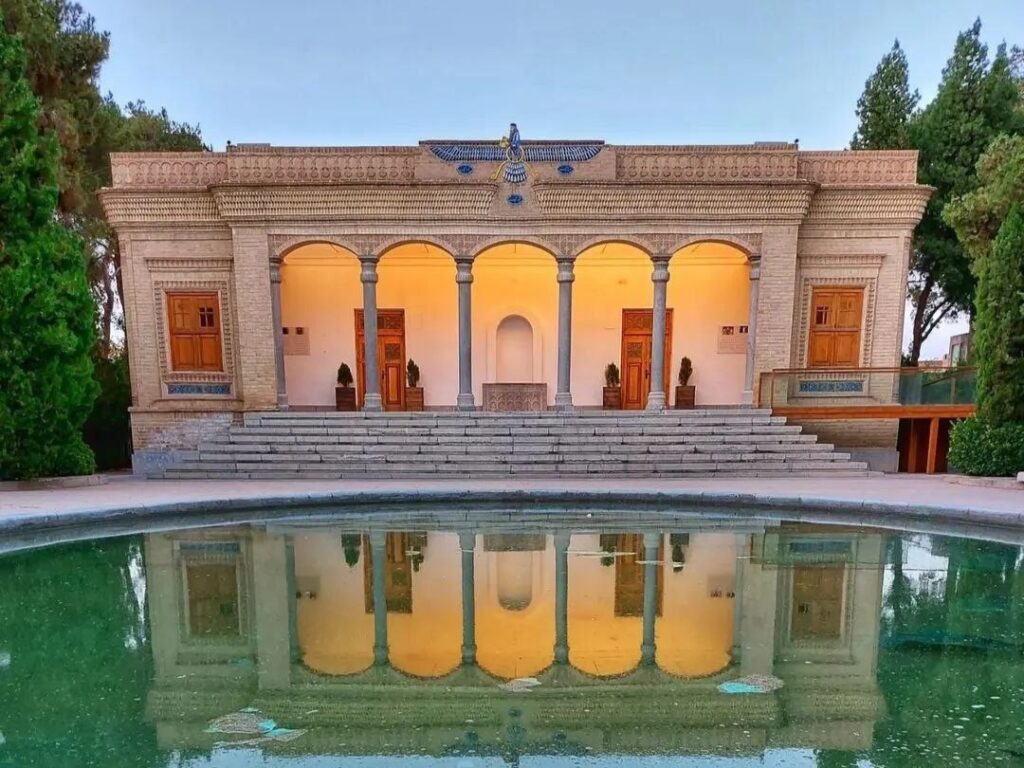
Ashkeft-e Yazd Cave
A sacred Zoroastrian site in Haftahr Village, 70 km from Ardakan, this cave’s dripping waters form three pools. Reaching it requires a tough 2-hour hike, but its mystique rewards adventurers. Address: Haftahr Village.
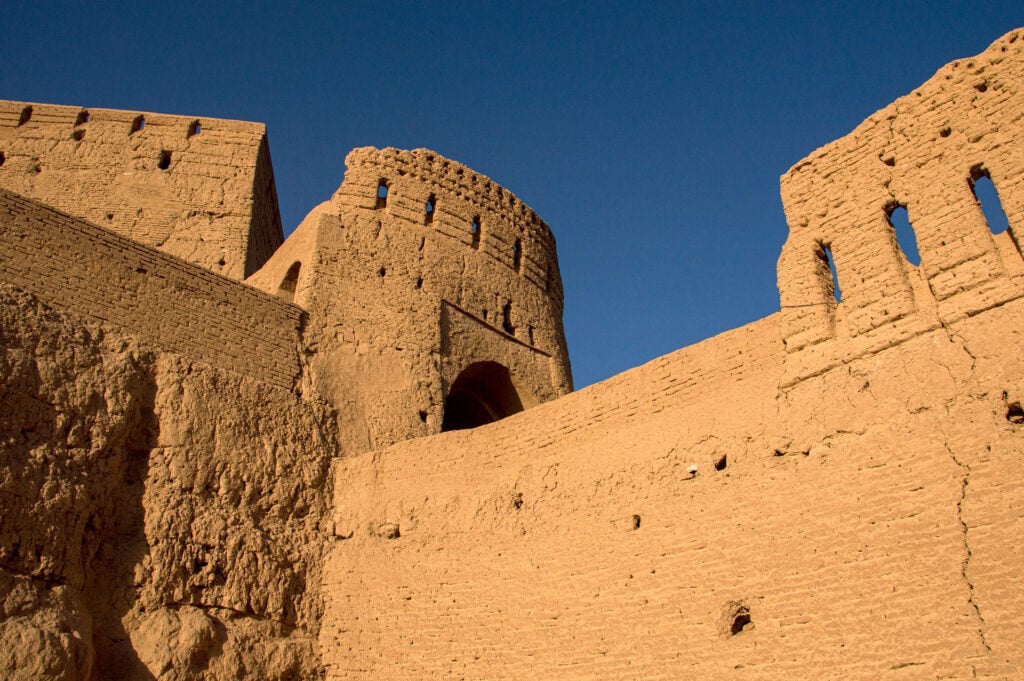
Siahkouh National Park
A 78-hectare sanctuary 40 km north, home to rare species like Iranian gazelles, caracals, and Asian cheetahs. Its pristine wilderness requires permits for entry. Address: 40 km along Ardakan-Chupanan Road.
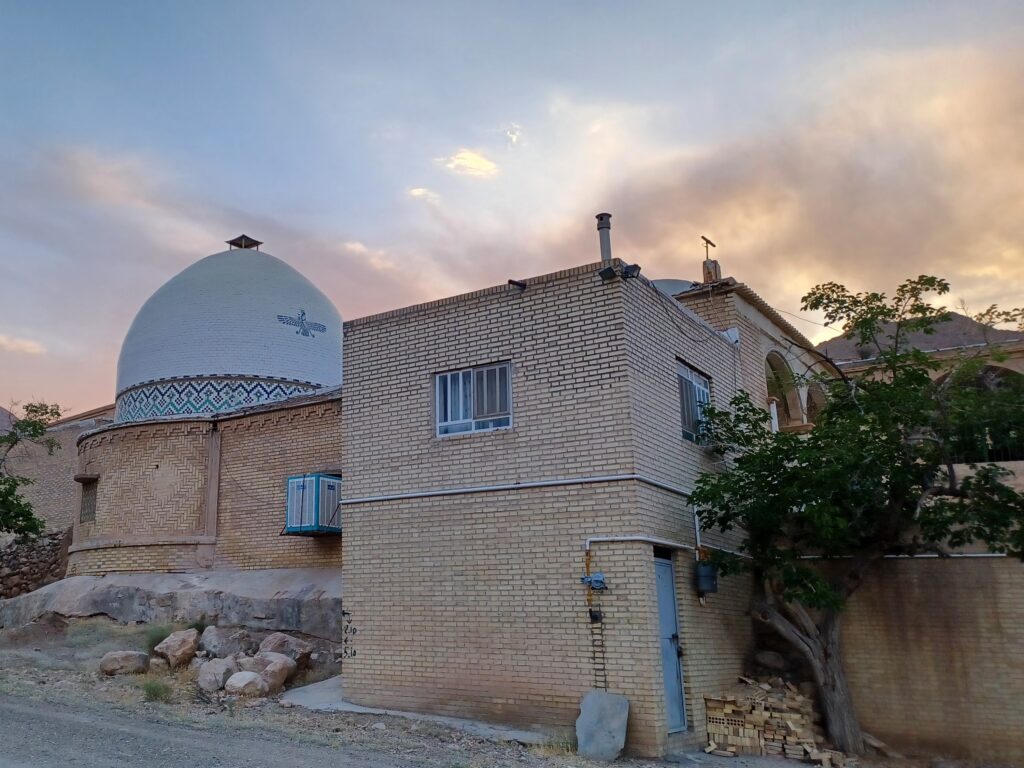
Pars Banoo Shrine
Linked to a Sassanian princess, this Zoroastrian shrine in Zarjoo Village hosts ceremonies from July 3-7. Its Safavid tiled dome and stone inscription are striking. Address: Zarjoo Village.
Doll Farm
A whimsical creation by Khadijeh Khanoom and Mr. Ataei, this farm in Dom-e Koftar Village features colorful recycled-material dolls. Coordinate visits in advance for a quirky experience. Address: Dom-e Koftar Village.
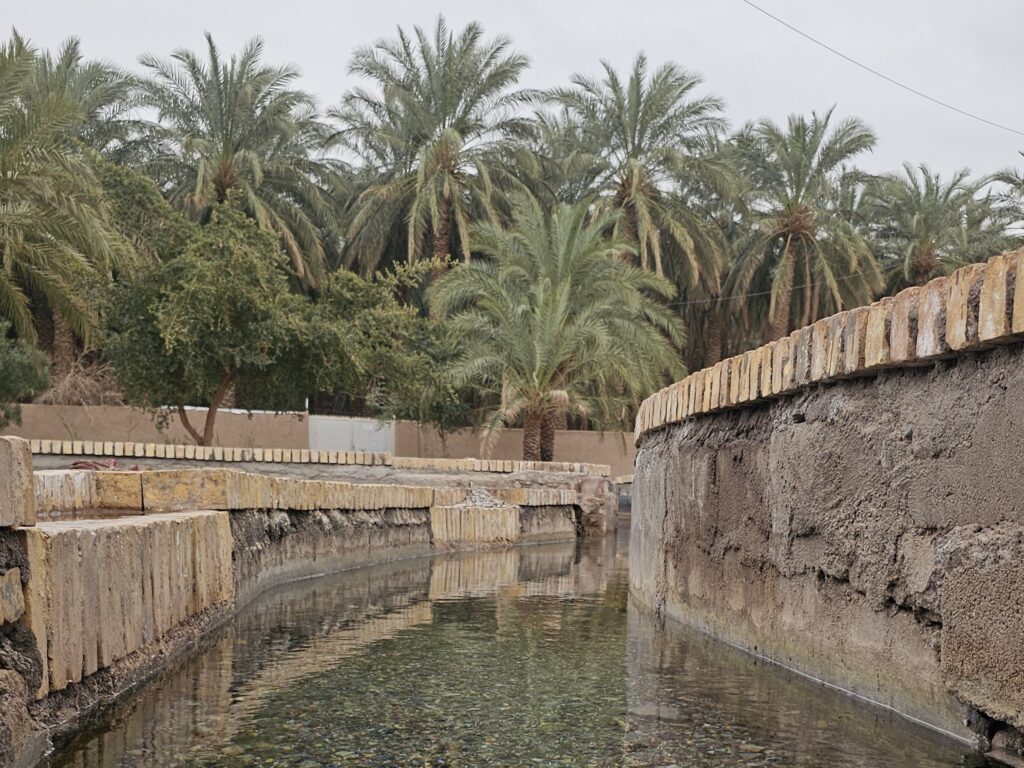
Qotbabad Qanat
A 1,000-year-old qanat, 20 km long, irrigating 120,000 hectares. Privately owned by local farmers, it’s a testament to Persian engineering. Address: Qotbabad, Payambar-e Azam Boulevard.
Siahkouh Desert (Aqda)
Also called Aqda Desert, this stark expanse near Ardestan and Zarrin Deserts is ringed by volcanic and limestone rocks. Wildlife like wolves and jackals roams its edges. Address: Near Ardakan.
Maghestan Desert (Rig-e Zarrin)
Known as Rig-e Zarrin, this desert 2 km from Saghand features the Siahkouh Mountain, splitting it into northern and southern parts. Sparse gaz plants and wildlife like wildcats define its raw beauty. Address: Maghestan Village.
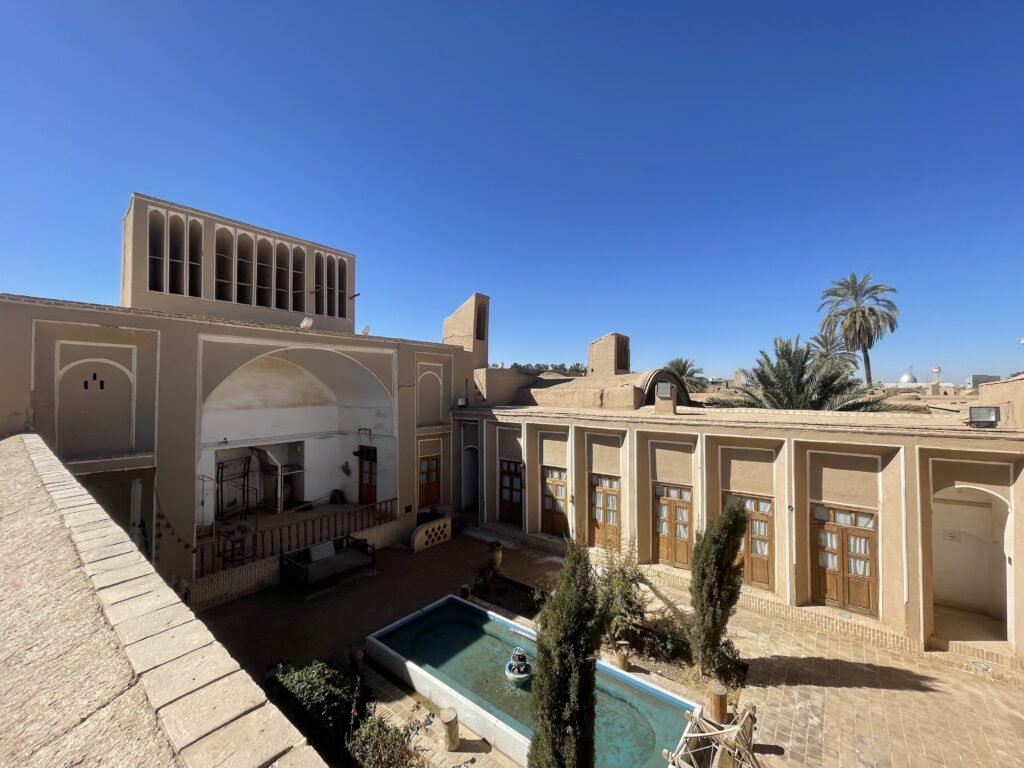
Ardakan Carpet Museum
Housed in the Qajar-era Malek Afzali House, this museum, founded by Mr. Mohammadi, showcases Persian carpet weaving. Watch artisans at work and explore dyeing and loom techniques. Address: Cherkhab, Ayatollah Khatami Alley.

Souvenirs from Ardakan
Ardakan’s souvenirs are a tasty delight. Halva ardeh (sesame paste) is the star, alongside sesame oil, surok bread, and sweets like qottab, baklava, and panjerei. These treats capture the city’s culinary soul.
Culture of Ardakan
Ardakan’s people are devout, mostly Shiite Muslims, with Zoroastrian and Christian minorities who hold their rituals dear. They speak Farsi with a Yazdi accent, marked by warmth and resilience. Rooted in agriculture, they’ve mastered qanat irrigation, while many youths work in steel factories. Their hospitality, hard work, and frugality shine through, making every interaction a cultural gift.
Traditional Ardakan Foods
Ardakan’s cuisine mirrors Yazd’s, with bold flavors that make foodies swoon. Try qeymeh nakhod (split pea stew), fesenjan Yazdi, apple stew, or be-aloo stew. Other hits include Yazdi abgoosht, nokhodchi kofteh, rice kofteh, carrot kofteh, kashk khiar, and tash kebab. Don’t miss unique ash dishes like shouli, gandom, jo gav, anar, or aloo—flavors you won’t find elsewhere.
Top Restaurants in Ardakan
Ardakan’s dining spans fast food to traditional. Favorites include:
- Kariz Hotel Restaurant: Elegant with local dishes.
- Toranj Restaurant: Cozy and flavorful.
- Jahangardi Hotel Restaurant: Reliable classics.
- Amir Restaurant: Casual and tasty.
- Shabestan Traditional Restaurant: Authentic vibes.
- Bagh Saray Hotel Restaurant: Scenic dining.
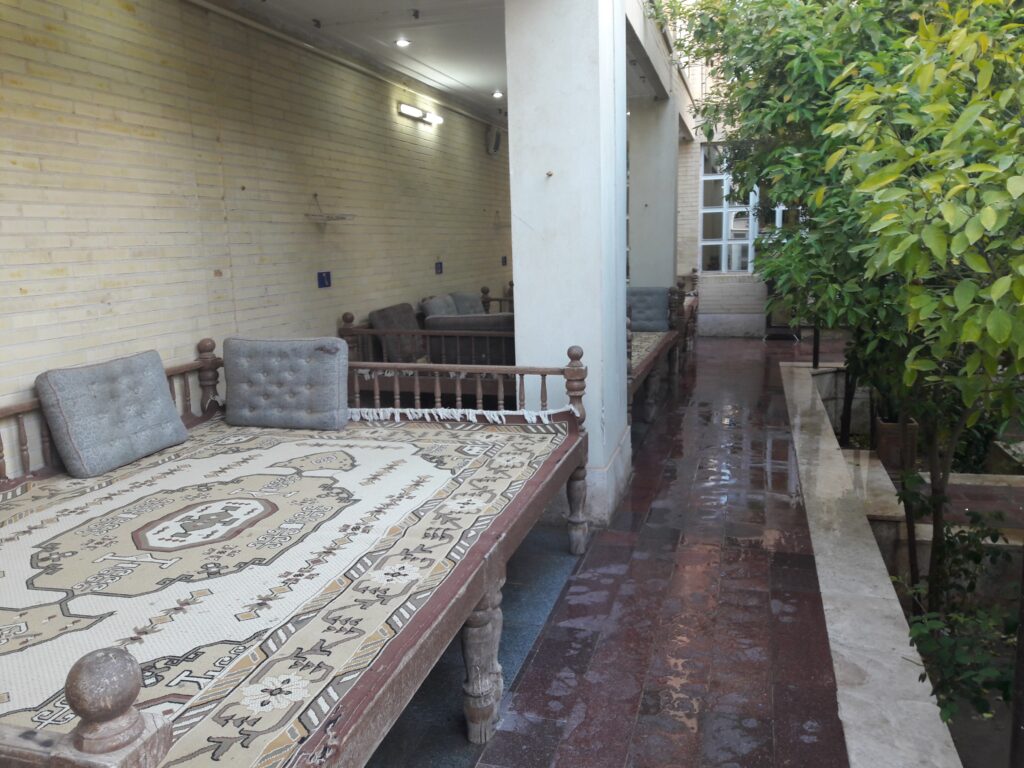
Where to Stay in Ardakan
Ardakan offers diverse lodging, from hotels to eco-lodges.
Top Hotels
For comfort and security, try Kariz Hotel or Jahangardi Hotel. They’re pricier but deliver top-notch services.
Eco-Lodges
For a cultural immersion, stay at:
- Mah-o Mahi
- Gol Pari
- Khesht-o Mah
- Nakhlistan Baba Haji
- Bibi
- Raf
Villa Rentals
Groups can save by renting homes or villas via trusted platforms or local realtors, offering privacy and value.
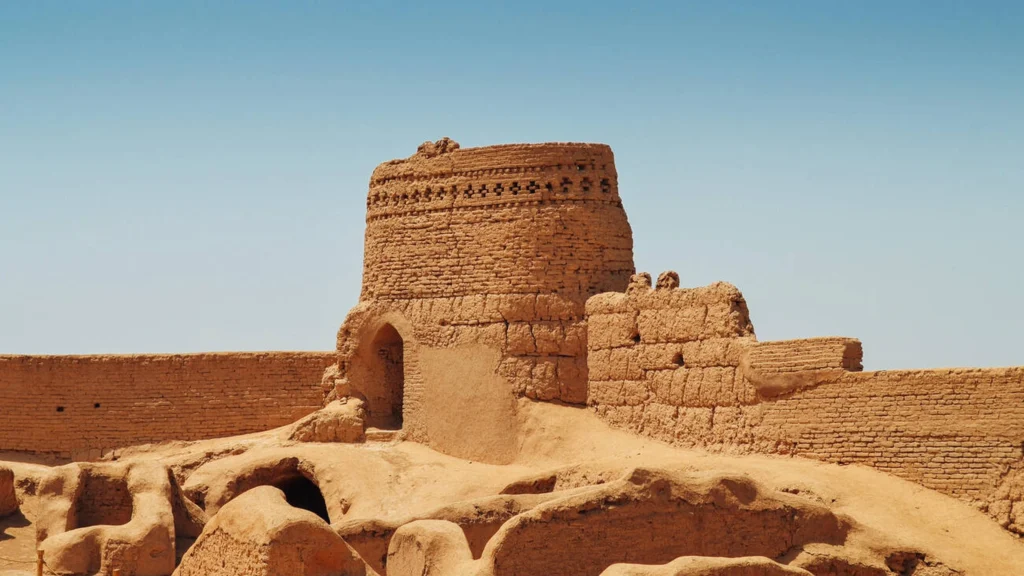
Tips for a Memorable Ardakan Trip
- Check the Weather: Spring or autumn are best; avoid summer heat and winter chill.
- Dress Comfortably: Wear breathable clothes and sturdy shoes for exploring.
- Savor Local Food: Try shouli ash or qottab for a true Yazdi taste.
- Plan for Crowds: Skip holidays like Nowruz for quieter visits.
- Bring Essentials: Pack water, sunscreen, and any needed meds, as rural access is limited.
Ardakan is a city where history whispers in every alley and the desert’s beauty captivates. From Taghdiri House to Siahkouh Desert, it’s a journey of discovery. Pack your bags, embrace the Yazdi spirit, and let Ardakan weave its magic.
